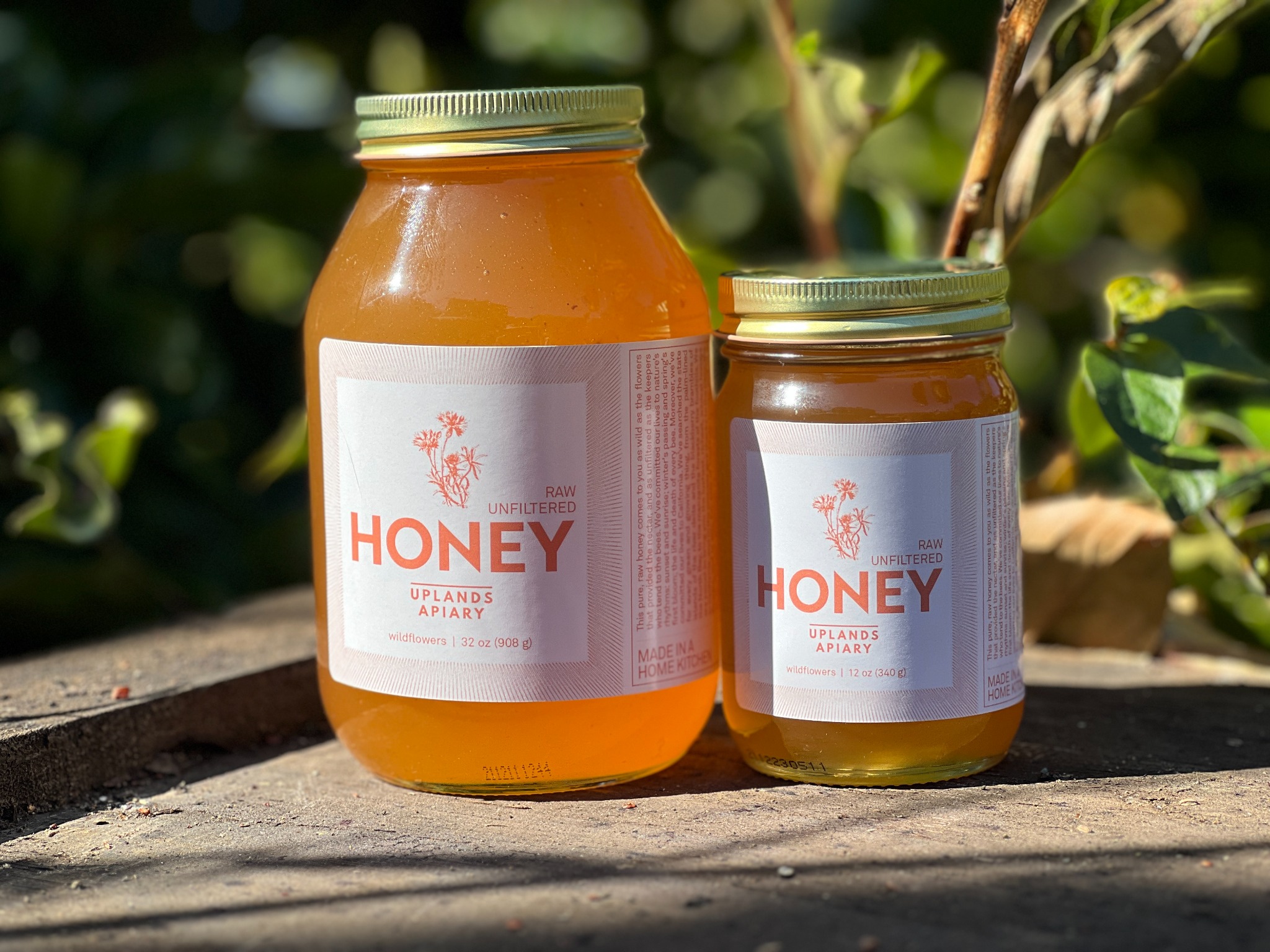
In the age of mass production and global supply chains, the word honey doesn’t always mean what it used to. Many commercial honey brands are pasteurized, blended, or even diluted with syrups. At The Honey Trust, we believe honey should taste like the land it comes from — wild, local, and alive.
What Does Pasteurization Do?
Pasteurization involves heating honey to high temperatures to kill yeast and delay crystallization. While it makes the honey look clearer on supermarket shelves, it also destroys beneficial enzymes, subtle floral aromas, and natural pollens that make raw honey unique.
What Makes Raw Honey Different?
Raw honey is never heated beyond hive temperatures. It’s gently strained to remove wax and debris but keeps all its natural enzymes, antioxidants, and subtle floral compounds intact. Each batch tells the story of its landscape — from delta wildflowers to North Bay eucalyptus groves.
Why California Honey Stands Apart
California’s varied climate gives us some of the richest and most diverse nectar sources in the world. Our bees forage across wild mustard, sage, orange blossom, and clover — creating honeys that shift in flavor and hue with the seasons.
Verification and Trust
Every lot we bottle is sourced directly from known apiaries like Uplands, verified for purity, and never blended with imports. Our process ensures transparency from hive to jar, giving chefs, retailers, and families confidence in every drop.
“Our honey is as wild as the flowers that provide the nectar and as unfiltered as the keepers who tend the bees.”
— The Beekeepers at Uplands Apiary
Why Pasteurized Isn’t “Bad,” But It Isn’t the Same
There’s a place for pasteurized honey — it’s easier to store and pour. But when you care about flavor, enzyme content, and locality, raw is the clear choice. That’s why we verify, not process.
Ready to taste real California honey?
Explore more articles about how to spot fake honey or California’s floral varieties.
